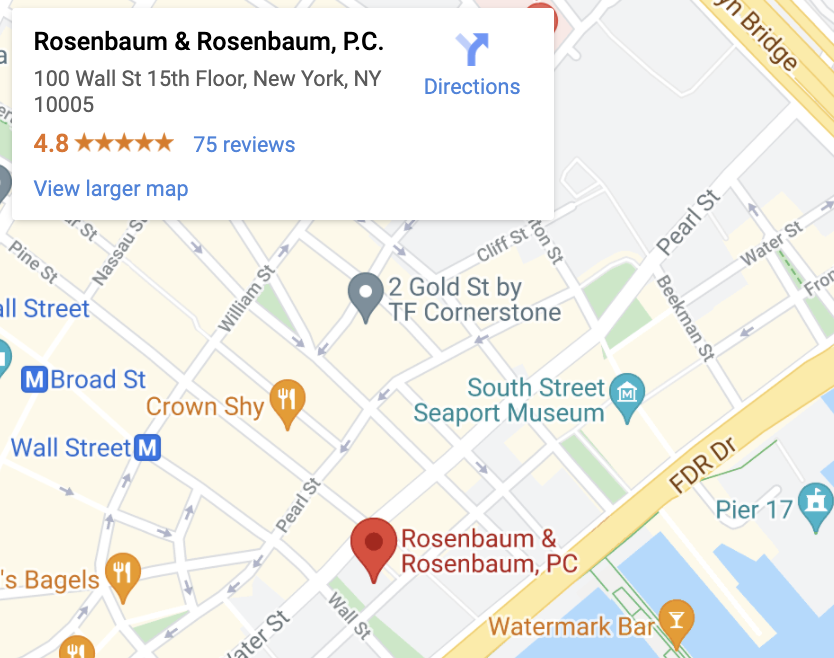OSHA Focuses on Safety in The Residential Construction Industry
Last fall, the Occupational Safety and Health Administration (OSHA) decided to mandate that residential construction projects follow the same fall protection requirements as the commercial construction industry.
An increasing number of fall fatalities in the residential construction industry prompted OSHA’s decision. Falls on residential construction worksites account for nearly 30 percent of all construction-related falls. Of this 30 percent, over a third are attributed to roof falls.
Fall Safety Regulations
Now, residential projects must follow the same fall regulations as commercial projects, namely the development and implementation of a fall protection system when a worksite is more than six feet off the ground. Examples of fall protection systems include safety nets, personal fall arrest systems and guardrails.
A fall safety net system can be placed under a high workplace to catch workers in the event of a fall. Personal fall arrest systems generally consist of a harness and system of ropes attached to secure points on the worksite, which will prevent workers from falling more than six feet. Guardrails are a third option for construction sites, and must be 39 to 45 inches tall and include a toeboard to prevent objects from falling onto workers below the rail.
Liability for Worker Injuries
OSHA’s ruling will help keep residential construction site workers safer. However, accidents can and do occur, and it is important for injured workers to know who may be held liable for any injury they sustain from a fall on a jobsite.
Determination of liability for a construction site accident depends on the type of management present. The site owner may be held responsible under landowner liability if he, she or it owns the land on which the injury occurred. If a general contractor is used, he or she and all sub-contractors may be held liable since it is their duty to ensure a safe workplace and warn workers of hazards. Contractors also have a responsibility to hire competent workers and comply with safety regulations, including the new OSHA decision.
Lastly, manufacturers of any construction machinery used at the site can be held liable if their product caused a workplace injury or death.
Hopefully, the new OSHA decision will help keep residential construction workers safer while working above six feet. If you or a loved one has been injured in a fall on a residential construction project, please consult an experienced personal injury attorney to understand your legal options.

